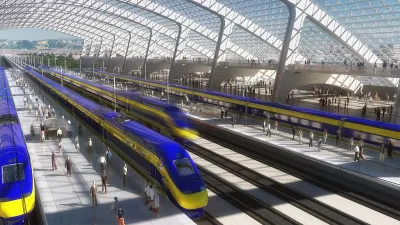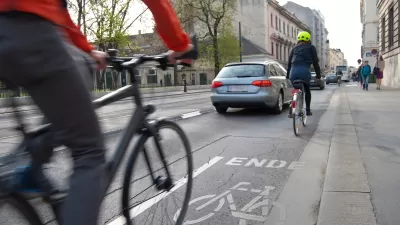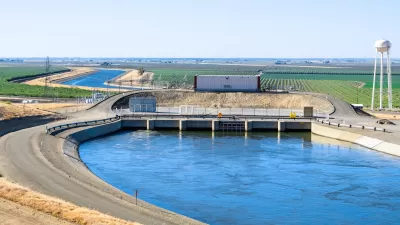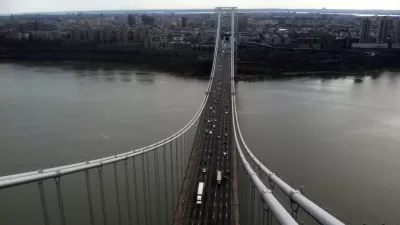The cost of building roads and transit projects has skyrocketed in the last 50 years, but the reasons behind the rise are complex.

Writing in Vox, Jerusalem Demsas questions the high cost of infrastructure in the United States. "Not only are these projects inordinately expensive, states and localities are not even attempting to build particularly ambitious projects. The US is the sixth-most expensive country in the world to build rapid-rail transit infrastructure like the New York City Subway, the Washington Metro, or the Chicago 'L.'"
Despite its complexity, this is an important question: "NYU researchers noted the massive economic stakes, pointing to studies that show that building dense urban transit networks could increase aggregate economic growth by roughly 10 percent." America's transit systems and highways are inordinately expensive to build, with the cost of one lane mile increasing five-fold between 1990 and 2008. According to research conducted by economist Leah Brooks, "states spent nearly three times as much to build a mile of highway in the 1980s as they did in the early ‘60s," indicating a trend toward higher and higher construction costs. When it comes to transit, the picture is equally bleak: a report from the Eno Center for Transportation found that "[o]n a per mile basis, America’s transit rail projects are some of the most expensive in the world."
The reasons why prices are rising are unclear but "[economist Matthew] Turner explains that common theories like unions or the way we’re building roads or where we’re building them (for example, in more urban areas) are not supported by statistical evidence." According to Brooks, "judicial, statutory, and administrative changes — in particular the passage of the National Environmental Policy Act (NEPA) in 1970 — have led to increased power for citizens," which, while intended to prevent harmful actions, has often resulted in the ability of "wealthy individuals to exert their preferences over everyone else."
Yet "America spends a relatively small amount of its GDP (1.5 percent) on public infrastructure, while the UK spends 2 percent, France 2.4 percent, and Australia 3.5 percent." The problem, writes Demsas, is that "the US is getting very little for what it builds." Collecting more data, reducing the bureaucratic red tape that slows projects down, and seeking examples from other countries can help "put the US on the path to a future with accessible, plentiful, and cost-efficient transit."
FULL STORY: Why does it cost so much to build things in America?

Alabama: Trump Terminates Settlements for Black Communities Harmed By Raw Sewage
Trump deemed the landmark civil rights agreement “illegal DEI and environmental justice policy.”

Planetizen Federal Action Tracker
A weekly monitor of how Trump’s orders and actions are impacting planners and planning in America.

The 120 Year Old Tiny Home Villages That Sheltered San Francisco’s Earthquake Refugees
More than a century ago, San Francisco mobilized to house thousands of residents displaced by the 1906 earthquake. Could their strategy offer a model for the present?

High-Speed Rail Tracker
Smart Cities Dive follows high-speed rail developments around the country

Ken Jennings Launches Transit Web Series
The Jeopardy champ wants you to ride public transit.

BLM To Rescind Public Lands Rule
The change will downgrade conservation, once again putting federal land at risk for mining and other extractive uses.
Urban Design for Planners 1: Software Tools
This six-course series explores essential urban design concepts using open source software and equips planners with the tools they need to participate fully in the urban design process.
Planning for Universal Design
Learn the tools for implementing Universal Design in planning regulations.
Clanton & Associates, Inc.
Jessamine County Fiscal Court
Institute for Housing and Urban Development Studies (IHS)
City of Grandview
Harvard GSD Executive Education
Toledo-Lucas County Plan Commissions
Salt Lake City
NYU Wagner Graduate School of Public Service





























